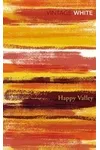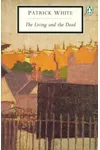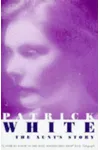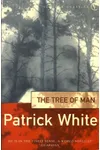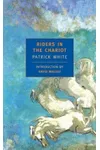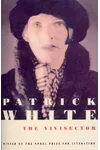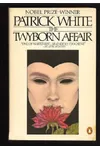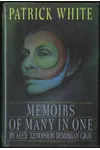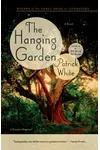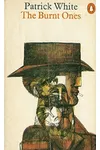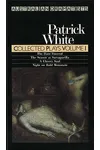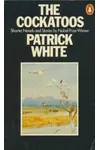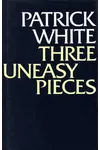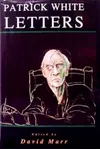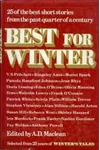Picture an Australian storyteller who spun the vast outback and human soul into literary gold—meet Patrick White! Born in London in 1912 but raised in Australia, White became one of the 20th century’s most celebrated novelists, weaving modernist tales that wrestle with isolation, spirituality, and the rugged beauty of his homeland.
His sharp prose and unflinching exploration of the human condition earned him the 1973 Nobel Prize in Literature, making him the only Australian to claim the honor. Ready to dive into the world of a literary giant? Let’s explore Patrick White’s remarkable journey!
The Making of Patrick White
Patrick Victor Martindale White was born to wealthy Australian parents in London but returned to Australia as a toddler. Raised on a sprawling New South Wales sheep station, he grew up steeped in the stark beauty of the outback, which later infused his work. A shy, asthmatic child, White found solace in books and writing, penning poems and stories early on. After studying at Cambridge, he served in the RAF during World War II, an experience that deepened his sense of displacement—a recurring theme in his novels.
Back in Australia, White embraced his identity as a writer, publishing his first novel, Happy Valley, in 1939. His time in Europe and the Middle East exposed him to modernist influences like James Joyce, shaping his distinctive, introspective style. Despite societal pressures as a gay man in a conservative era, White channeled personal struggles into universal stories of human yearning.
Patrick White’s Unforgettable Stories
White’s novels are literary symphonies—complex, lyrical, and deeply rooted in the Australian psyche. His 1955 masterpiece, The Tree of Man, follows a farming couple’s quiet yet profound life, blending gritty realism with spiritual depth. Critics hailed it as a landmark in Australian literature, proving the outback could rival any global stage.
Voss (1957), perhaps his most famous work, draws loosely on explorer Ludwig Leichhardt’s doomed expedition. It’s a haunting tale of ambition, love, and the clash between man and nature, with prose that crackles like desert lightning. Riders in the Chariot (1961) explores faith and outsiderhood through four misfits in a Sydney suburb, showcasing White’s knack for weaving multiple perspectives. His later novel, The Vivisector (1970), dissects an artist’s obsessive drive, reflecting White’s own creative fire.
White’s style—dense, poetic, and often experimental—blends vivid landscapes with psychological insight. His themes of alienation, redemption, and the search for meaning resonate universally, though his Australian settings ground them in a distinct sense of place. Love him or find him challenging, White’s work demands attention and rewards patience.
Why Patrick White Matters
Patrick White didn’t just write novels; he redefined Australian literature. Before him, the country’s stories often took a backseat to British or American narratives. White proved Australia’s landscapes and souls could fuel world-class literature, inspiring writers like Tim Winton and Kate Grenville. His Nobel win shone a global spotlight on Australian voices, cementing his legacy as a cultural trailblazer.
Beyond borders, White’s exploration of the human condition—its struggles, triumphs, and mysteries—continues to captivate readers. His work, though dense, offers timeless insights into what it means to be human, making him a touchstone for literary scholars and curious readers alike.
About Patrick White
- Born: May 28, 1912, in London, England
- Key Works: The Tree of Man, Voss, Riders in the Chariot, The Vivisector
- Awards: Nobel Prize in Literature (1973)
- Died: September 30, 1990, in Sydney, Australia
Snag Voss or The Tree of Man and dive into Patrick White’s mesmerizing world of modernist storytelling!
